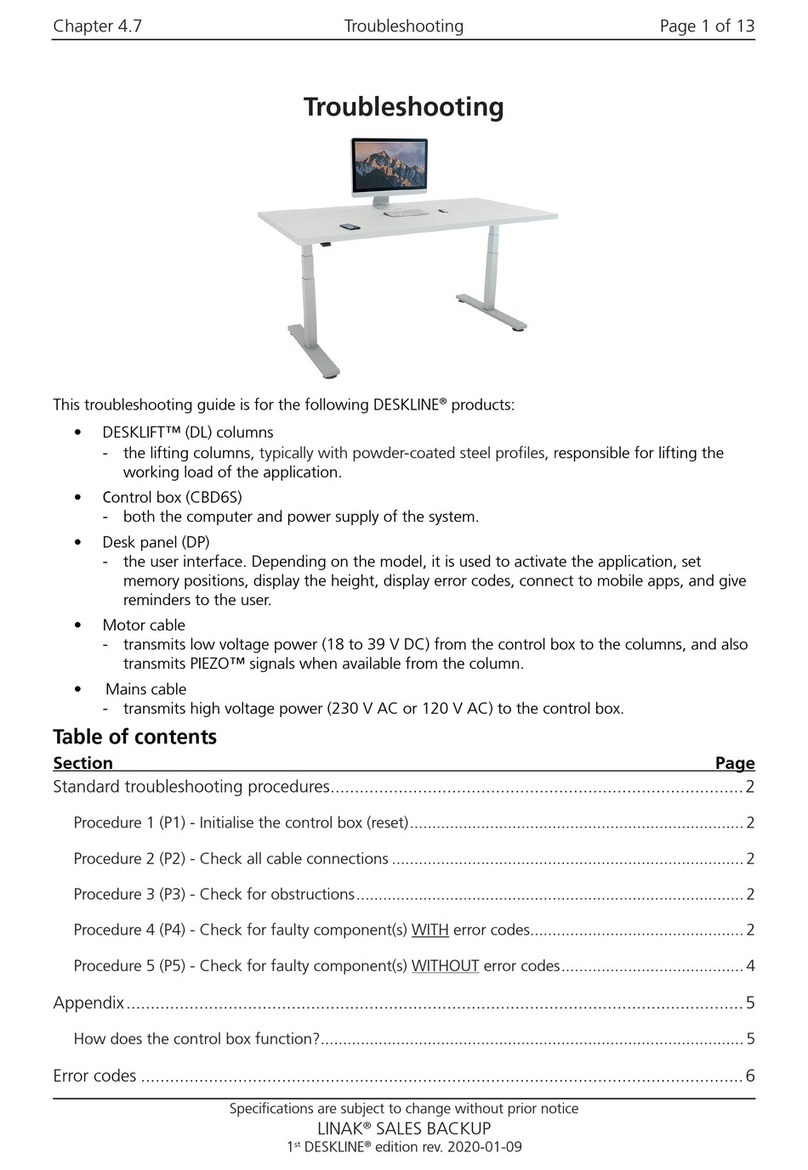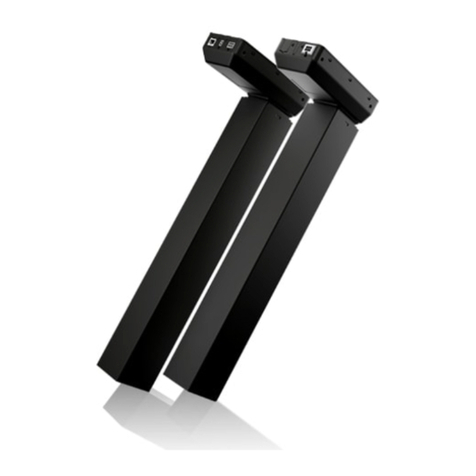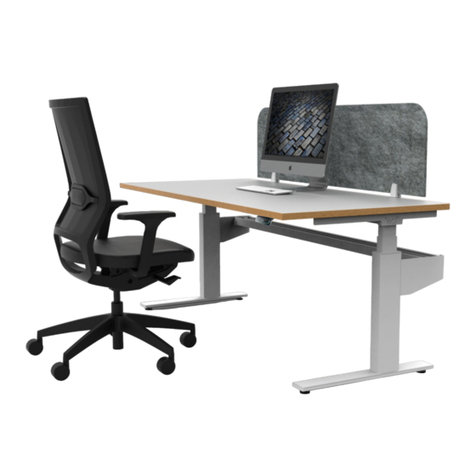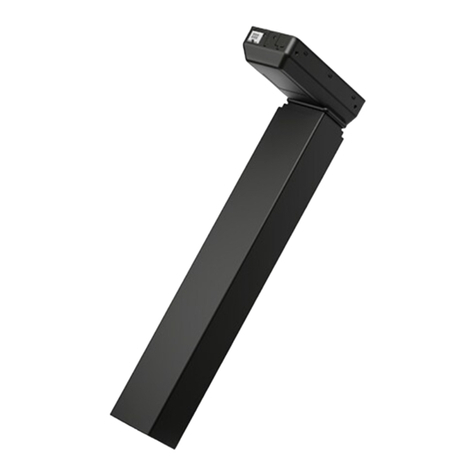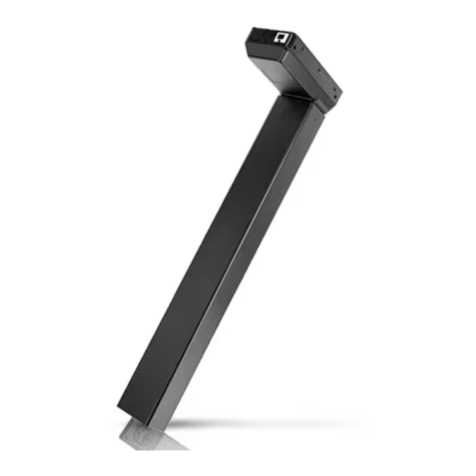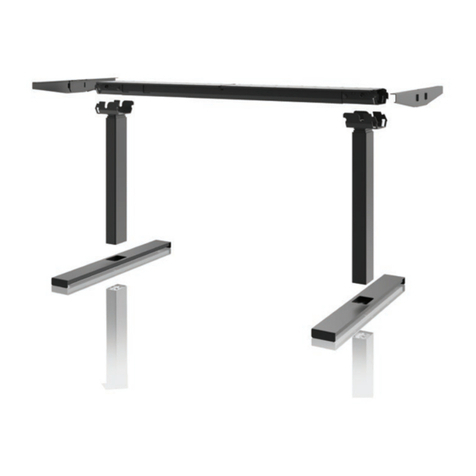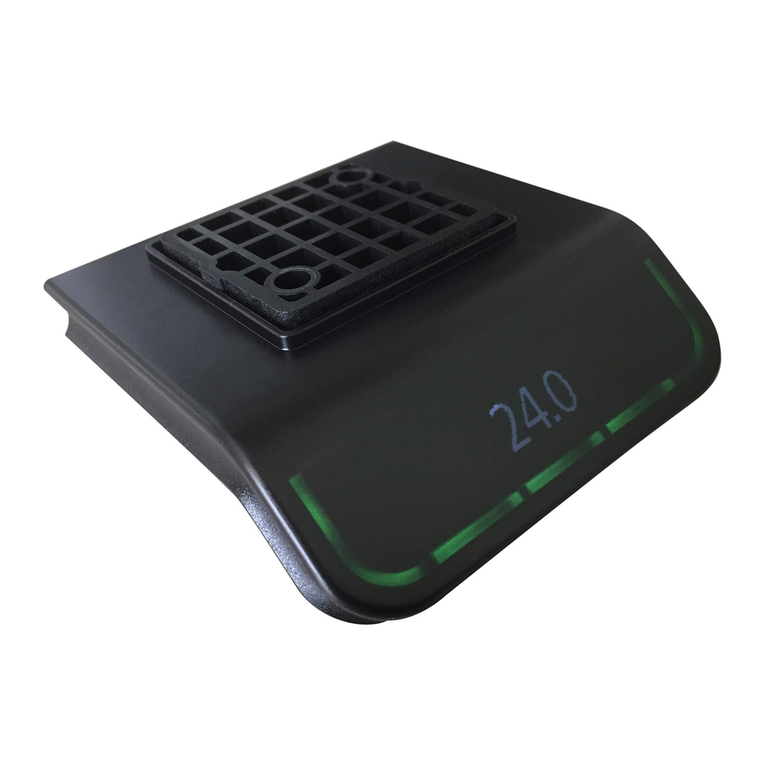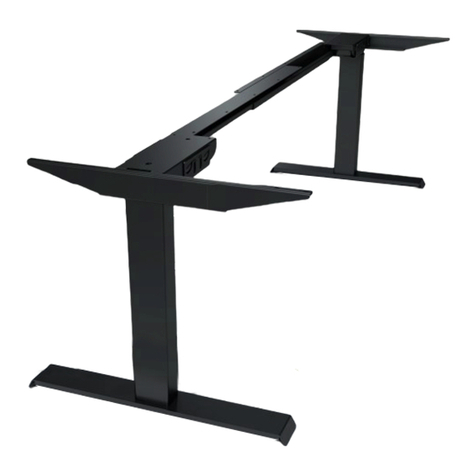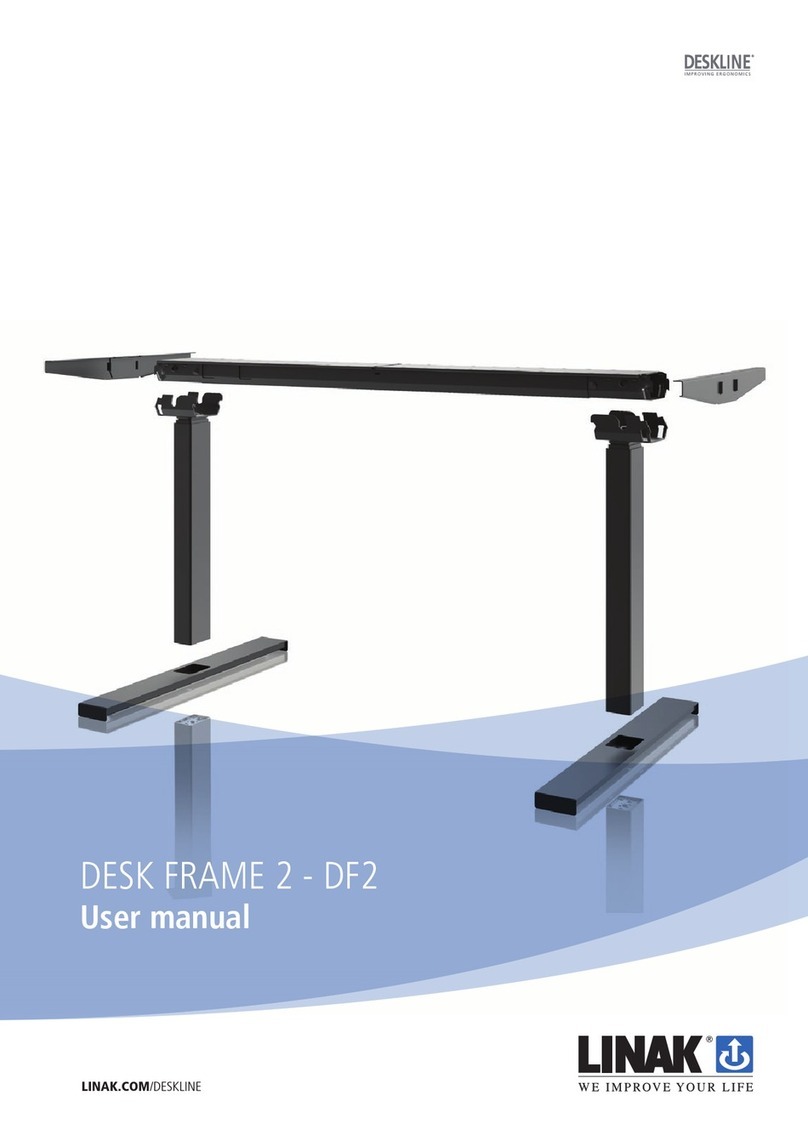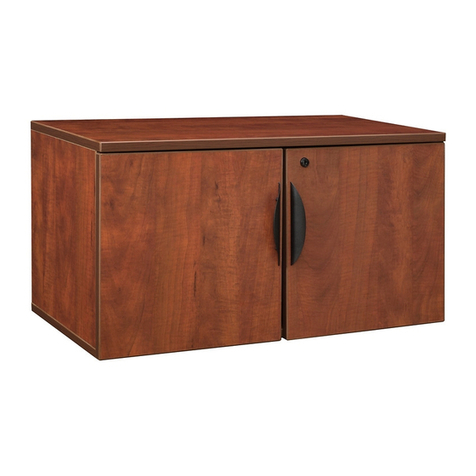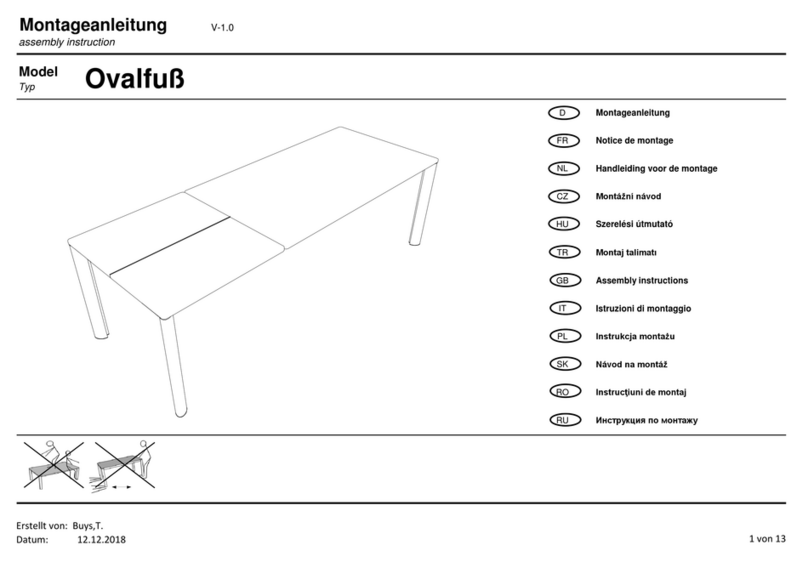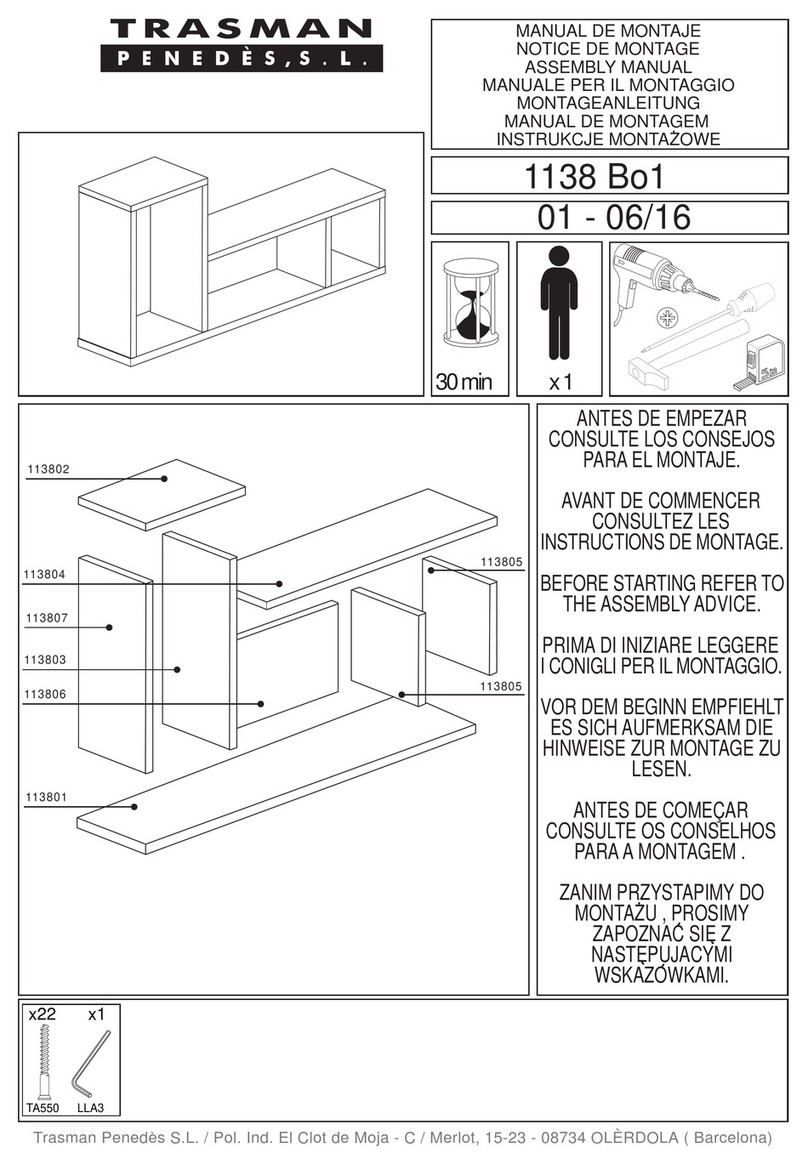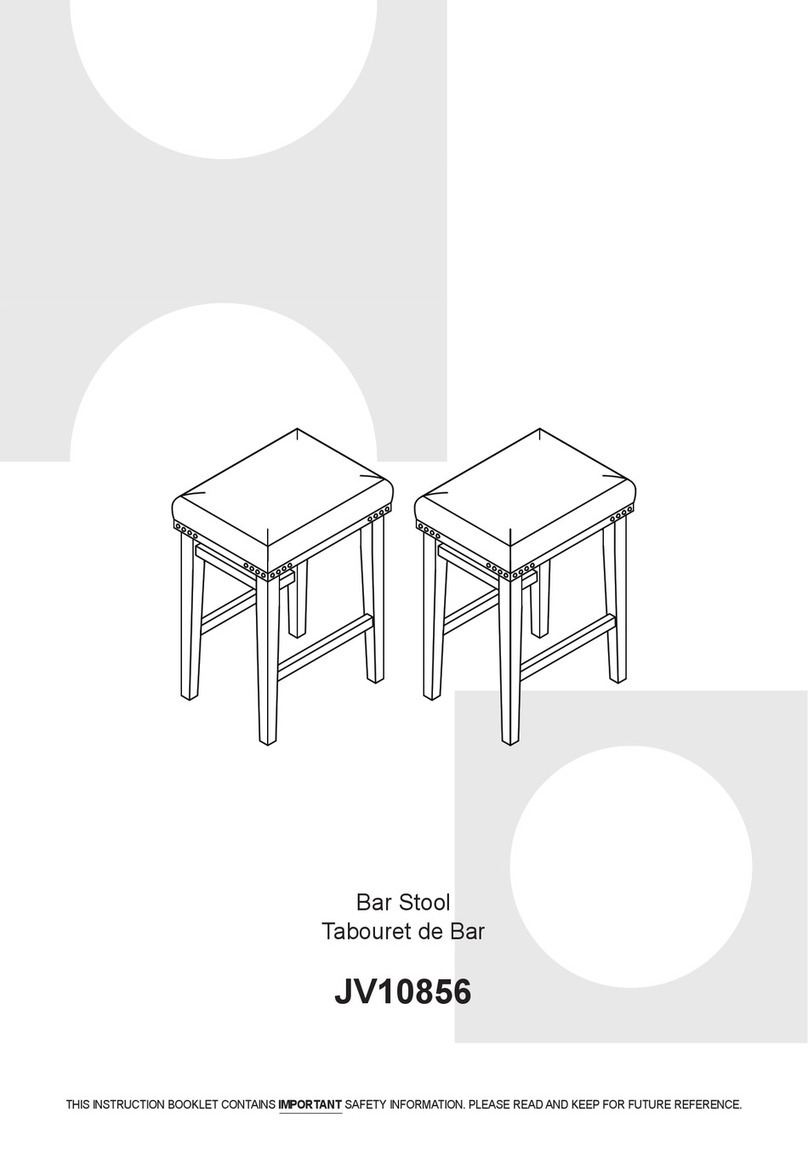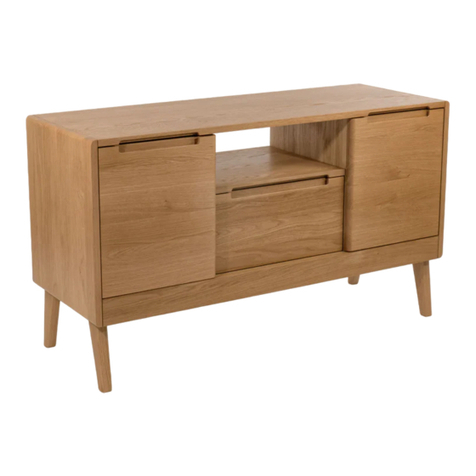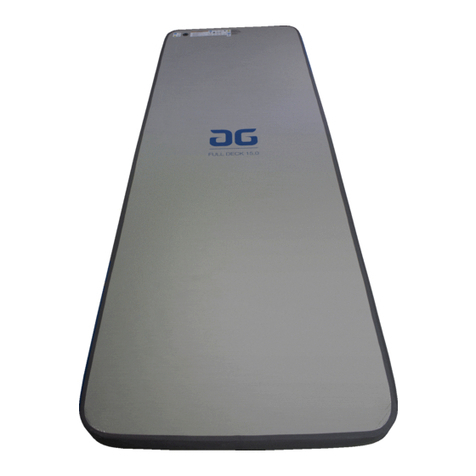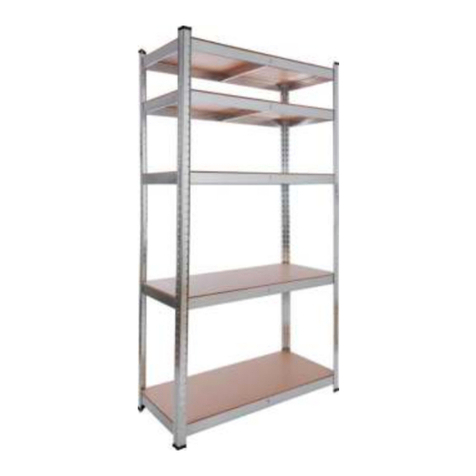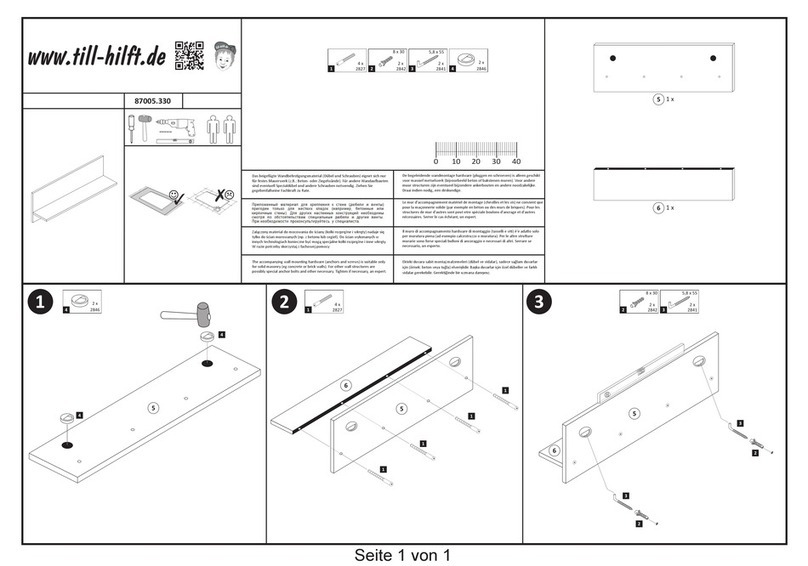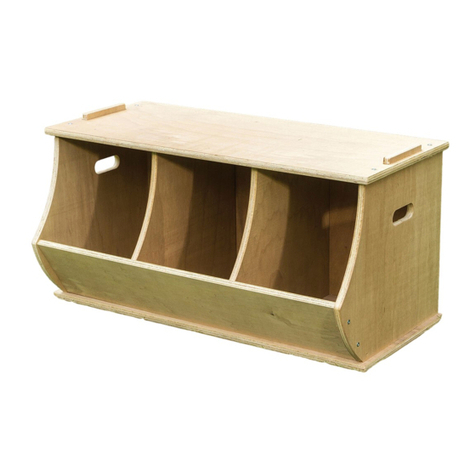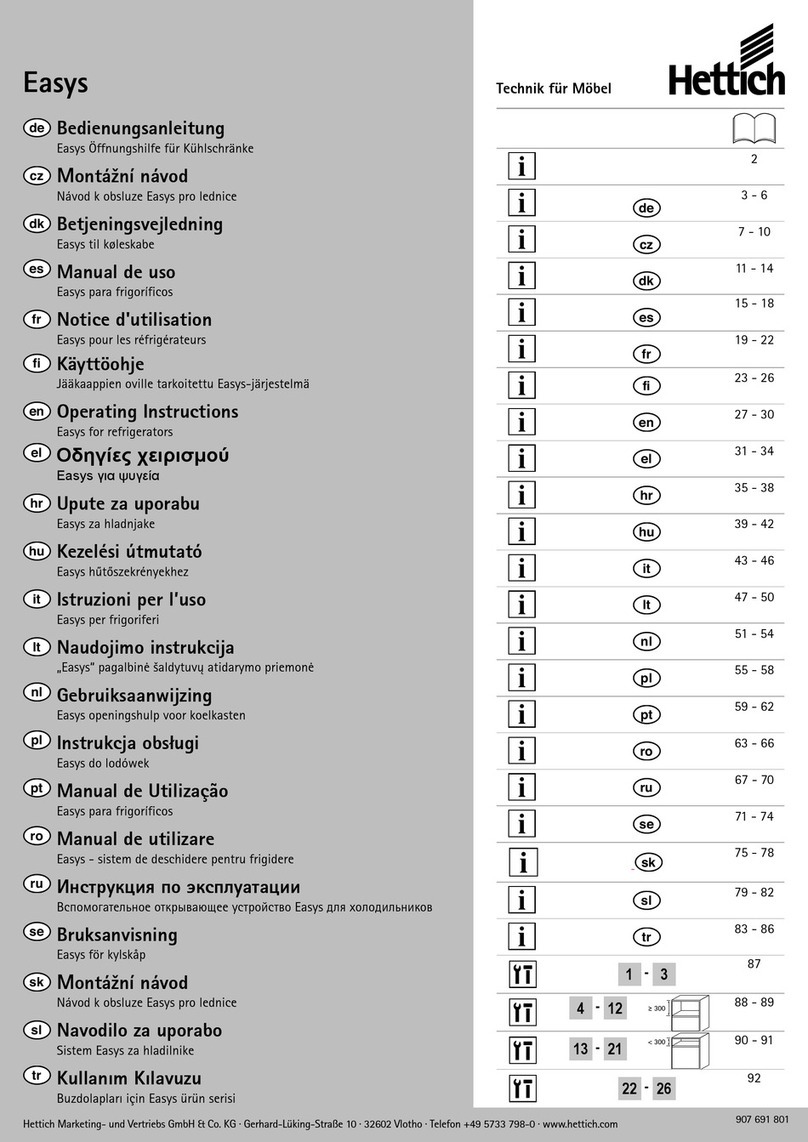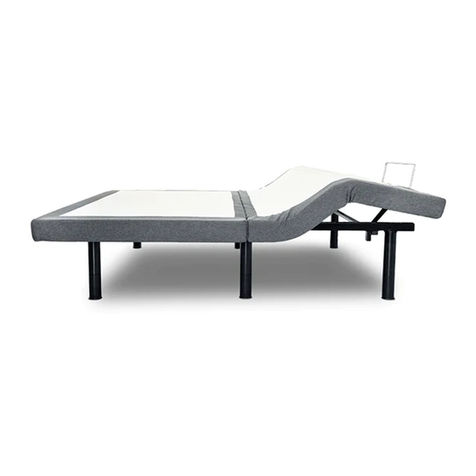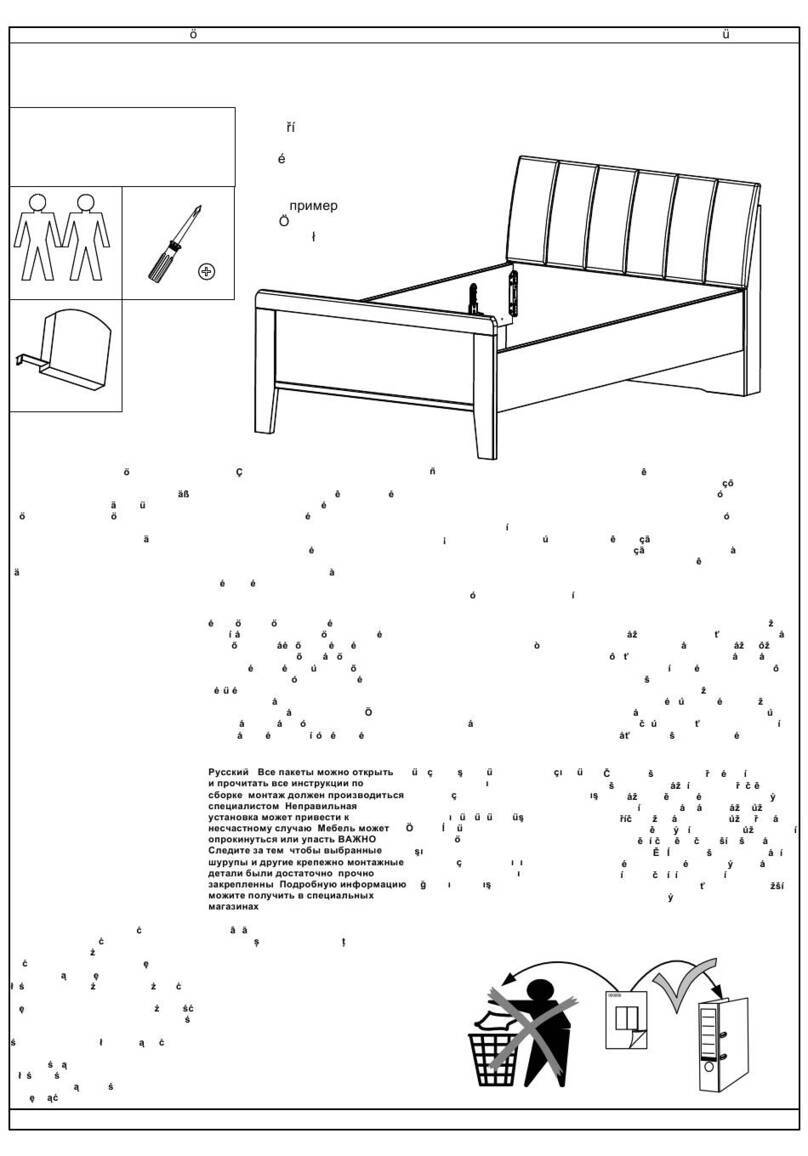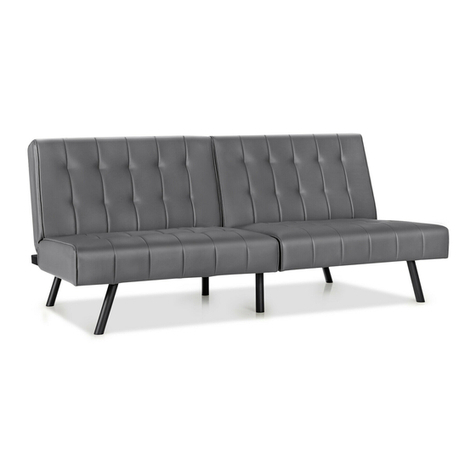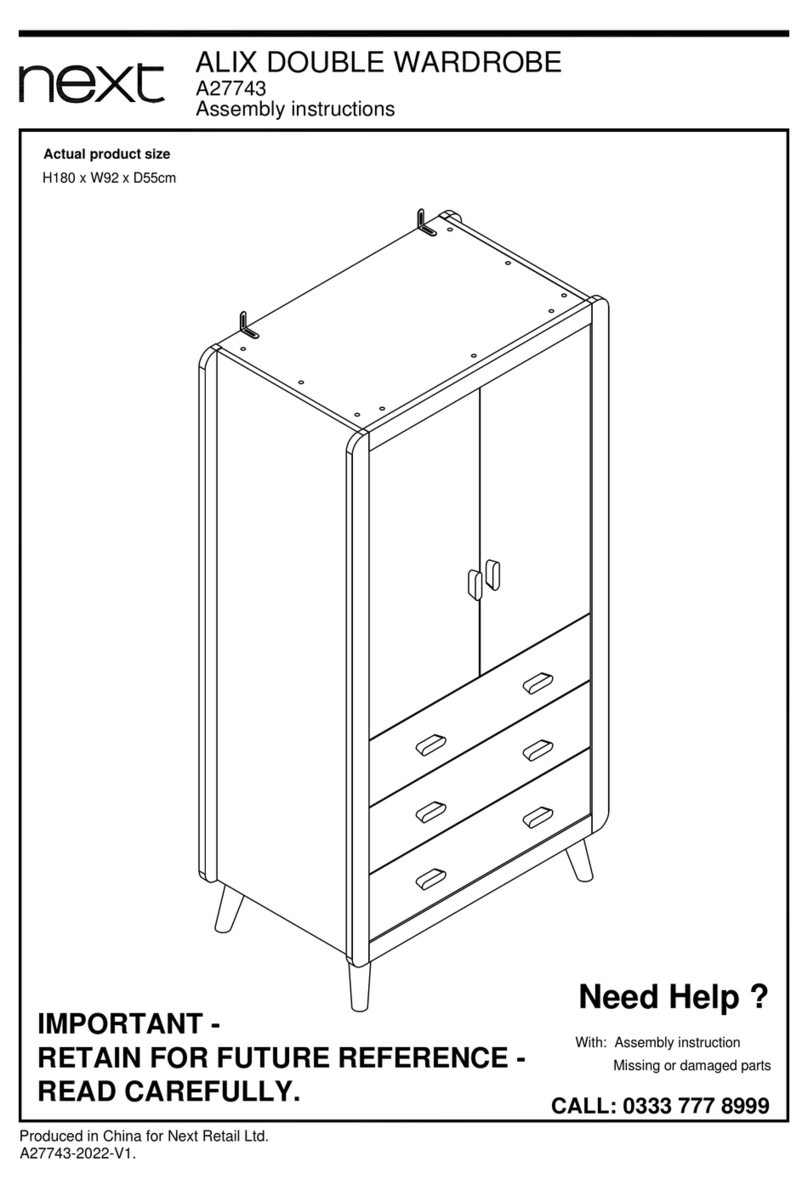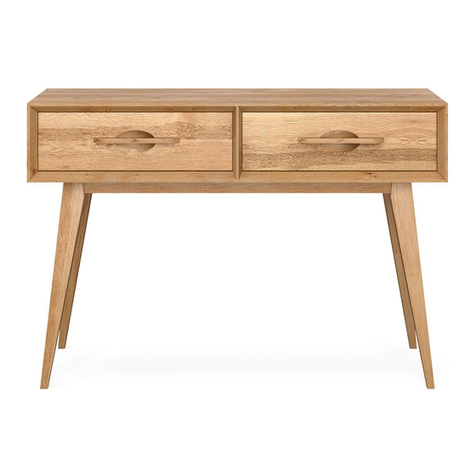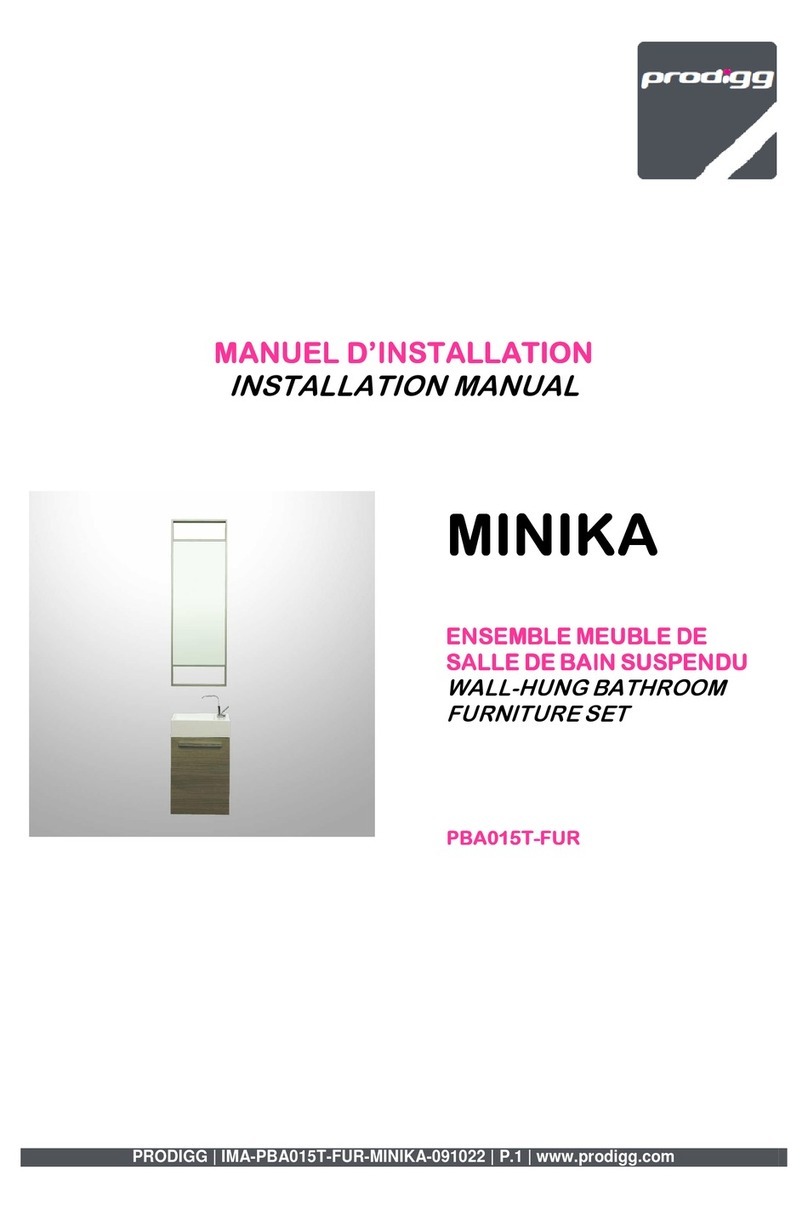
10
ERROR
CODE NAME DESCRIPTION POTENTIAL CAUSE TROUBLESHOOTING
E65
Ch1 pulse dir Pulses counted wrong
direction in channel 1
» Motor poles are crossed
» Hall sensor Cables are
crossed
• Check motor cable connections
and integrity (P2)
• Change Desk Leg
• Initialize the system (P1)
E66
Ch2 pulse dir Pulses counted wrong
direction in channel 2
» Motor poles are crossed
» Hall sensor Cables are
crossed
• Check motor cable connections
and integrity (P2)
• Change Desk Leg
• Initialize the system (P1)
E67
Ch3 pulse dir Pulses counted wrong
direction in channel 3
» Motor poles are crossed
» Hall sensor Cables are
crossed
• Check motor cable connections
and integrity (P2)
• Initialize the system (P1)
E68
Ch4 pulse dir Pulses counted wrong
direction in channel 4
» Motor poles are crossed
» Hall sensor Cables are
crossed
• Check motor cable connections
and integrity (P2)
• Initialize the system (P1)
E71
Ch1A shor t Short circuit on channel 1
[If T-splitter is used, short
circuit on 1A]
» Damage to motor cable
» Damage to cable exiting
leg (if applicable)
• Inspect motor cable for damage,
replace if damaged
• Inspect cable exiting leg (if
applicable), replace if damaged.
E72
Ch1B short Short circuit on channel 1
[If T-splitter is used, short
circuit on 1B]
» Damage to motor cable
» Damage to cable exiting
leg (if applicable)
• Inspect motor cable for damage,
replace if damaged
• Inspect cable exiting leg (if
applicable), replace if damaged.
E73
Ch2A short Short circuit on channel 2
[If T-splitter is used, short
circuit on 2A]
» Damage to motor cable
» Damage to cable exiting
leg (if applicable)
• Inspect motor cable for damage,
replace if damaged
• Inspect cable exiting leg (if
applicable), replace if damaged.
E74 Ch2B short Short circuit on channel 2
[If T-splitter is used, short circuit
on 2B]
» Damage to motor cable
» Damage to cable exiting
leg (if applicable)
• Inspect motor cable for damage,
replace if damaged
• Inspect cable exiting leg (if
applicable), replace if damaged.
E75 Ch3A short Short circuit on channel 3
[If T-splitter is used, short circuit
on 3A]
» Damage to motor cable
» Damage to cable exiting leg
(if applicable)
• Inspect motor cable for damage,
replace if damaged
• Inspect cable exiting leg (if
applicable), replace if damaged.
E76 Ch3B short Short circuit on channel 3
[If T-splitter is used, short circuit
on 3B]
» Damage to motor cable
» Damage to cable exiting leg
(if applicable)
• Inspect motor cable for damage,
replace if damaged
• Inspect cable exiting leg (if
applicable), replace if damaged.
